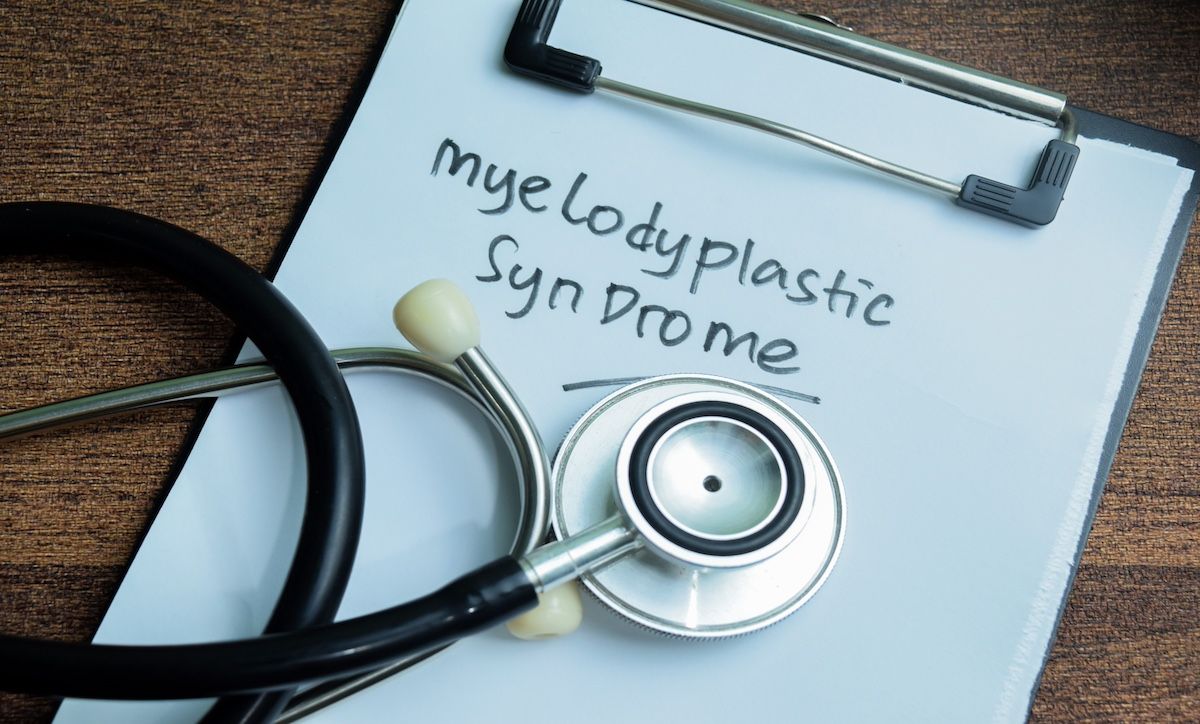News
Article
Three New Studies Explore Treatment Strategies for Heart Failure and Comorbid Conditions
Author(s):
Key Takeaways
- IV iron supplementation in HFrEF patients showed a 21% reduction in cardiovascular death or first HF hospitalization, despite not meeting primary endpoints.
- Intra-aortic balloon pump did not outperform standard therapy in cardiogenic shock, with similar survival rates and adverse events.
Findings from the SUMMIT, Altshock-2, and FAIR-HF2 trials were presented at the American College of Cardiology 2025 Annual Scientific Session.
One study found that IABP use did not outperform standard medical therapy after cardiogenic shock. | Image credit: Chinnapong – stock.adobe.com

From treating iron deficiency to exploring how weight loss drugs can be used, new data aim to help clinicians better approach complex cases of heart failure (HF), especially among patients with overlapping comorbidities.
Presented at the American College of Cardiology 2025 Annual Scientific Session (ACC.25), these 3 studies offer fresh insights into treating HF and comorbid conditions, as well as the challenges that persist.
IV Iron Offers Short-Term Gains in HFrEF
The FAIR-HF2 trial evaluated whether intravenous (IV) iron supplementation could improve cardiovascular outcomes and quality of life among patients with HF with reduced ejection fraction (HFrEF) and iron deficiency.1
While the trial did not meet its primary composite end points, the findings revealed a 21% reduction in the risk of cardiovascular death or first HF hospitalization in the treatment group (P = .04). Despite not being statistically significant, the researchers said this effect aligns with earlier studies showing the benefits of IV iron in this population.
Participants in the iron supplementation arm received an initial high dose of ferric carboxymaltose, followed by maintenance dosing every 4 months for up to 3 years. The most notable improvements occurred in the first year, when iron exposure was highest.
“These results support the potential use of transferrin saturation as a standalone criterion for diagnosing iron deficiency in patients with heart failure, but they also refute prior claims that patients with a transferrin saturation less than 20% may experience a greater therapeutic benefit than the population with iron deficiency recruited in recent trials,” the researchers said.
Intra-Aortic Balloon Pump Offers No Added Benefit in Cardiogenic Shock
In the ALTShock-2 trial, researchers tested whether early intervention with an intra-aortic balloon pump (IABP) would improve survival and treatment transition in patients hospitalized with cardiogenic shock due to HF.2 Despite its long-standing use as a bridge to transplant or ventricular assist device, the IABP did not outperform standard medical therapy in this high-risk population.
The trial enrolled 101 patients, all of whom were critically ill with signs of poor organ perfusion, across 5 Italian centers. Patients were randomized to receive either standard pharmacologic therapy or early IABP support. After an interim analysis showed no meaningful difference in outcomes between groups, the trial was stopped early for futility. At 60 days, 81% of patients in the IABP group and 75% in the standard-care group had survived and transitioned to long-term therapy or clinical stability (P = .45), with comparable adverse events between groups.
“Interestingly, this study confirmed that complications related to vascular access are lowered by smaller IABP access size compared with other percutaneous devices (3.8% in our study group),” the researchers said. “However, the rate of bleeding is still highly driven by the medical complexity of the patient and the interaction between organ dysfunction and antithrombotic regimen, as shown by 17% vs 8% severe bleeding for the IABP and standard care groups, respectively, in our data.”
Researchers acknowledged that variability in IABP management across sites and the heterogeneity of underlying causes for shock may have influenced results.
Tirzepatide Shows Promise for Obesity, HFpEF, CKD
A subgroup analysis of the SUMMIT trial showed tirzepatide may reduce cardiovascular events, improve symptoms, and enhance kidney function among patients with HF with preserved ejection fraction (HFpEF), obesity, and chronic kidney disease (CKD).3
The trial enrolled 731 patients with HFpEF with a body mass index of at least 30 kg/m², with about 60% having CKD, defined by an estimated glomerular filtration rate (eGFR) below 60 mL/min/1.73 m². Over 52 weeks, patients on tirzepatide saw a 38% lower risk of cardiovascular death or worsening HF compared with placebo, as well as improvements in quality of life and physical capacity. The benefits of tirzepatide were consistent across patients with and without CKD, but the absolute risk reduction was larger in those with CKD.
“Tirzepatide improved renal function during long-term treatment, but the assessment of eGFR by creatinine-based and cystatin C–based formulae in patients receiving incretin-based drugs may be confounded by obesity and the effect of treatment on fat and muscle mass,” the authors said.
References
- Anker SD, Friede T, Butler J, et al. Intravenous ferric carboxymaltose in heart failure with iron deficiency: the FAIR-HF2 DZHK05 randomized clinical trial. JAMA. Published online March 30, 2025. doi:10.1001/jama.2025.3833
- Morici N, Sacco A, Frea S, et al. Early intra-aortic balloon support for heart failure-related cardiogenic shock: a randomized clinical trial. J Am Coll Cardiol. Published online March 21, 2025. doi:10.1016/j.jacc.2025.03.003
- Packer M, Zile MR, Kramer CM, et al. Interplay of chronic kidney disease and the effects of tirzepatide in patients with heart failure, preserved ejection fraction, and obesity: the SUMMIT trial. J Am Coll Cardiol. Published online March 24, 2025. doi:10.1016/j.jacc.2025.03.009




